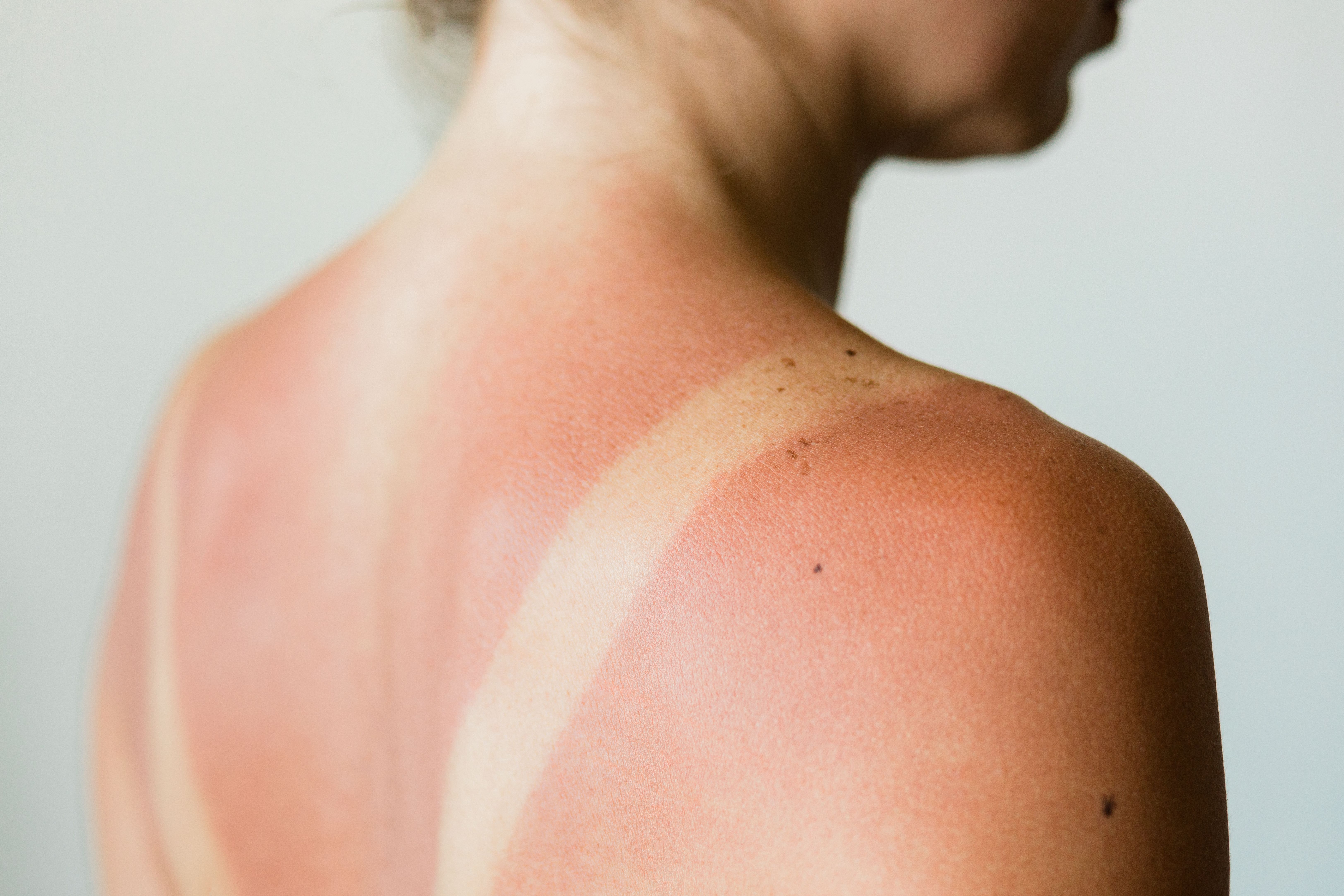Skin Cancer Awareness Month 2025: What to Know and How to Protect Yourself
An overview of what you need to know and how to protect yourself for Skin Cancer Awareness Month.
By
Patrick Campbell
| Published on May 2, 2025
3 min read
May Is Skin Cancer Awareness Month: What You Need to Know
Credit: Adobe Stock

Skin Cancer Awareness Month happens every May. It’s a time to learn about the dangers of skin cancer, how to protect your skin and why early detection matters. Skin cancer is the most common type of cancer in the U.S., but it’s also one of the most preventable.
A Quick Look at the History
Skin Cancer Awareness Month began in 1995 as part of a national effort to help people understand the risks of too much sun exposure. The goal is to spread awareness, encourage skin checks and share tips for staying safe in the sun. It’s supported by groups like the American Academy of Dermatology (AAD) and the Skin Cancer Foundation.
Why It Matters
Every day, people spend time outside — walking, working, playing sports or just enjoying the sun. While sunlight helps your body make vitamin D, too much of it — especially without sunscreen — can damage your skin. Over time, this damage can lead to skin cancer.
Most skin cancers can be treated if caught early. Some can even be prevented with health-conscious habits like using sunscreen and avoiding tanning beds.
7 Facts About Skin Cancer in the U.S.
- Skin cancer is the most common cancer in the United States, with over 5 million cases treated each year.
- There are three main types of skin cancer: basal cell carcinoma, squamous cell carcinoma and melanoma.
- Melanoma is the deadliest form of skin cancer.
- One in five Americans will get skin cancer by age 70.
- You can get skin cancer even if you have dark skin.
- A single bad sunburn can double your risk of melanoma.
- Tanning before age 35 raises your melanoma risk by 75%.
How to Protect Yourself from Skin Cancer
The AAD recommends these steps to protect your skin and reduce your risk of skin cancer:
- Seek shade when possible, especially between 10 a.m. and 2 p.m.
This is when the sun’s rays are the strongest and most damaging. - Wear sun-protective clothing.
Long sleeves, pants, wide-brimmed hats and sunglasses offer added protection. Some clothing is made with built-in UV protection. - Apply a broad-spectrum sunscreen with SPF 30 or higher.
Use it every day, even on cloudy days. Reapply every two hours, or after swimming or sweating. - Avoid tanning beds.
Tanning devices give off harmful UV rays that can lead to skin cancer and premature aging. - Use extra caution near water, snow and sand.
These surfaces reflect the sun’s rays, which can increase your chance of sunburn. - Check your skin regularly.
Look for any new or changing spots, and talk to a dermatologist if you notice anything unusual. - See a board-certified dermatologist for a full-body skin exam once a year.
Early detection can save lives.
Patient Resources
Want to learn more or take action this month? Check out these trusted sources:
- American Academy of Dermatology – Skin Cancer Info
- Skin Cancer Foundation – Prevention, Detection and Treatment
- CDC – Basic Facts About Skin Cancer
- American Cancer Society – Skin Cancer Overview
